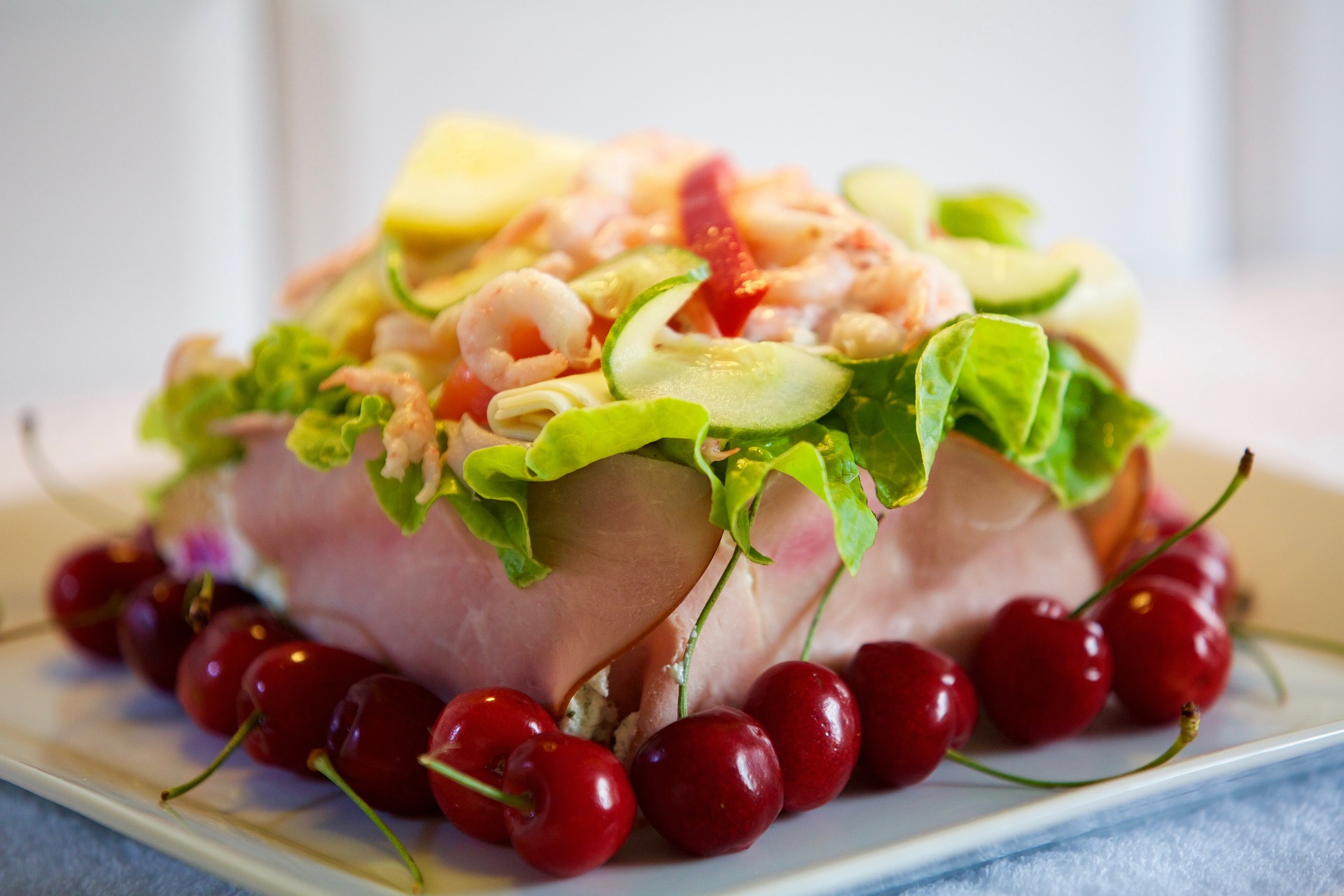Discovering the Charm of Scandinavian Cuisine
Scandinavian cuisine, with its unique flavors and sustainable approach, is steadily gaining popularity on the global culinary stage. This article delves into the vibrant world of Nordic food culture, discussing its key aspects, popular dishes, and how it's influencing modern gastronomy. Read below to embark on this culinary journey.

Unveiling the Scandinavian Food Culture
Historically, the harsh climate of Scandinavia led to the development of preservation methods like smoking, pickling, and fermenting. This tradition is still reflected in their dishes today. Bread, dairy products, berries, and root vegetables are staple ingredients, with fish and game meat also playing a significant role. The concept of ‘husmanskost’ or home-cooked food is central to the cuisine, highlighting its simplicity and comfort factor.
Notable Scandinavian Dishes
Scandinavian foods are known for their robust flavors and wholesome ingredients. ‘Gravlax’, a dill-cured salmon, ‘Kanelbullar’, cinnamon buns, and ‘Kroppkakor’, potato dumplings filled with pork, are some must-try dishes. ‘Smorgasbord’, a buffet-style meal featuring a variety of cold and hot dishes, is a culinary tradition in Sweden. Denmark’s ‘Smørrebrød’, open-faced sandwiches, and Norway’s ‘Rakfisk’, fermented fish, are also worth mentioning.
The Influence of New Nordic Cuisine
The New Nordic Movement, initiated in 2004, has revolutionized Scandinavian cuisine. Emphasizing on local, seasonal ingredients, and traditional cooking techniques, it has brought Nordic cuisine into the spotlight. Restaurants like Noma in Denmark, helmed by chef René Redzepi, have been instrumental in this trend, bagging multiple Michelin stars and global recognition.
Sustainability in Scandinavian Cuisine
Scandinavian cuisine is inherently sustainable, with a strong focus on local produce, seasonal eating, and food preservation. Foraging is a common practice, with wild berries, mushrooms, and herbs featuring prominently in their dishes. This eco-friendly approach to food, coupled with the region’s commitment to reducing food waste, is a lesson for the rest of the world.
Scandinavian Beverages: More than Just Aquavit
While Aquavit, a flavoured spirit, is a famous Scandinavian drink, the region’s beverage culture is not limited to it. Nordic countries are known for their craft beer, mead, and fruit wines. Coffee also holds a special place, with ‘fika’, a Swedish tradition of having coffee with a sweet treat, reflecting their love for the brew.
Useful Tips and Facts: - When trying Scandinavian cuisine, be open to unique flavors like fermented fish or pickled herring. - Aquavit is typically sipped chilled from a small glass and often accompanies festive meals. - Foraging is a popular activity in Scandinavia. If you’re visiting, consider joining a foraging tour to experience this aspect of their food culture.
In conclusion, Scandinavian cuisine, with its focus on simplicity, sustainability, and local produce, offers a refreshing perspective on food. Its influence has extended beyond the Nordic countries, inspiring chefs and food enthusiasts worldwide. So, the next time you’re looking for a culinary adventure, consider diving into the enchanting world of Scandinavian food and drink.




